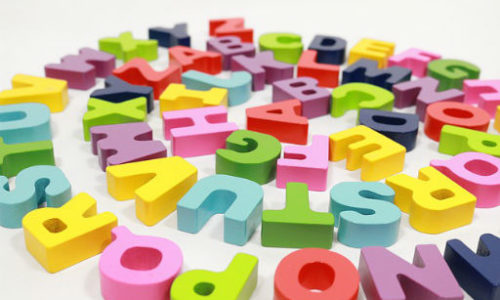Some time ago, I attended a course on morphology as part of my professional development. It was presented by a dyslexia organisation. At the time, I was using an excellent phonics programme (Sounds-Write) and felt I needed to develop my understanding of morphology and its role in teaching kids to read. The presenter was very […]
Read MorePhonics
How to help your child read a decodable book
Decodable books are books that a child can read once she/he has been taught the phonics in the book. It is really important to see decodable books as an experience that will be successful if enough preparation is made beforehand. First, do the activities that are recommended in the video below. Once your child is […]
Read MoreShould we teach spelling in the digital age?

Many children struggle with spelling. Is it important to teach them how to spell in the digital age when ‘Spell Check’ is there to help? The answer is ‘yes’. Why? Firstly, because at present Spell Check makes errors, as do voice recognition tools. Spell check may offer homophone or spelling options – but can students […]
Read MoreHow to practice reading ‘tap’ and ‘tape’
Many students struggle with split vowel spellings a-e, e-e, i-e, o-e, u-e. These spellings are also known as ‘split digraphs’, ‘magic e’ and ‘vowel + e’. These students need extra explicit instruction and practice reading words with these split spellings. It is important to take the time to embed this learning as split spellings are […]
Read MoreWhat is a grapheme? Free tutorial from Phonic Books
Here is our latest tutorial explaining the term ‘grapheme’. This tutorial is aimed at teachers, teaching assistants and parents helping children learn to read with phonics. http://www.youtube.com/watch?v=vsWtyKqpHko
Read MoreShould Systematic Synthetic Phonics be denied to our weakest readers?
The DfE has carefully approved and selected phonics programmes and resources for mainstream classrooms and ‘catch-up’ pupils according to strict synthetic phonics criteria. These are featured in the DfE Phonics Match-Funding catalogue. This follows the Jim Rose report that concludes that Systematic Synthetic Phonics is the best method of teaching children to read. Next we hear that the DfE has […]
Read MoreWhy the ‘A, B, C’ song is not helpful to beginner readers
Many young children learn to sing the ‘A, B, C’ song in nursery or at home. This song teaches them the names and the order of the letters of the alphabet. It’s a great way to store the alphabetic order of letters in our long-term memories. I still use the alphabet song when using a […]
Read MoreTotem Series out now!
At last the much awaited Totem Series is out! Check out this new set of decodable books for older struggling readers. The idea here is to fill in the gaps that older pupils may have in their phonic knowledge. It has great illustrations and stories and it starts at CVC and CVCC level. There is also a really […]
Read MoreTop Tip: Phonic Phones
Phonic phones are incredibly simple devices. They are a simple plastic tube that go from the mouth to the ear and allow the reader to hear the sounds they are making.
Read MoreShould beginner readers use ONLY decodable books?
Susan Godsland has posted a useful list of ten reasons why beginner readers should use only decodable books here (I have copied it in full below). What do you think?
Read More
